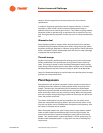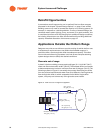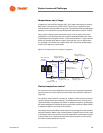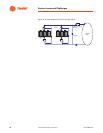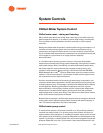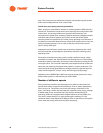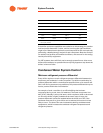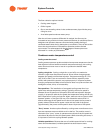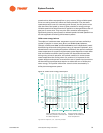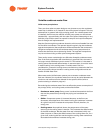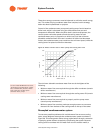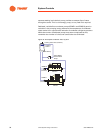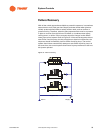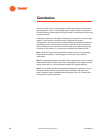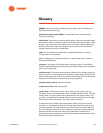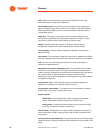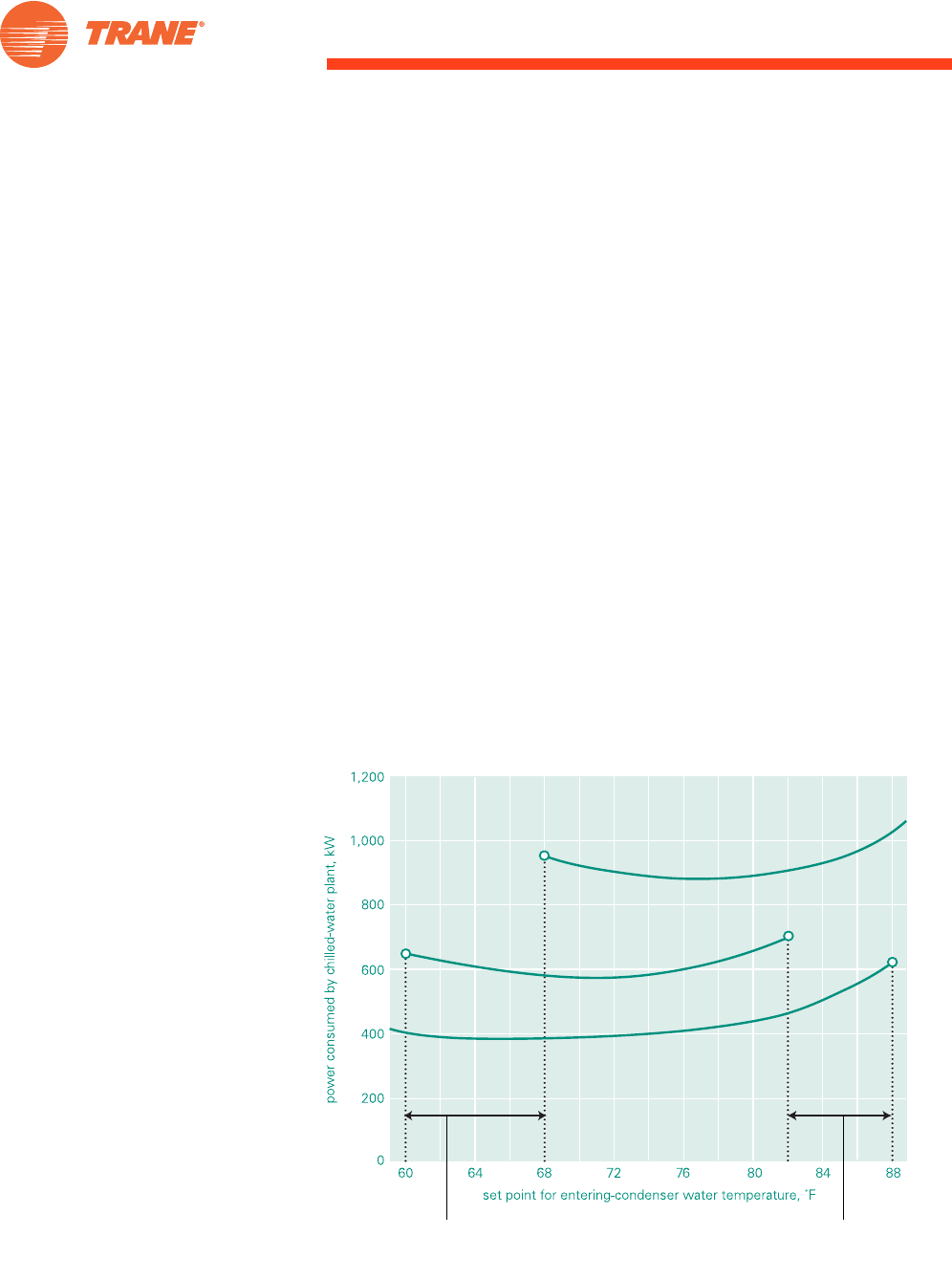
System Controls
SYS-APM001-EN Chiller System Design and Control 91
prevalent than either two-speed fans or pony motors. Using variable-speed
drives on cooling-tower fans offers two distinct benefits. First, the tower-
water-temperature control is extremely good. Second, the fan power varies
with the cube of the speed, so there is great potential for energy savings.
Variable-speed drives also allow the fan speed to be changed without fear of
gear box or motor wear. They may also offer acoustical advantages by
significantly lowering sound power at reduced speeds. Variable-speed drives
are also applicable to existing chilled-water systems.
Chiller–tower energy balance
The subject of condenser-water temperature control has been studied by a
number of people. In recent years, Braun and Didderich
38
; Hydeman,
Gillespie, and Kammerud
39
; and Schwedler
40
have all independently noted
that balancing chiller and cooling-tower energy is important. Hydeman, et al.,
showed that at various loads and ambient conditions, the optimal condenser-
water temperature for a specific chilled-water system depends on both chiller
load and ambient conditions (see Figure 54). All the studies showed that
during many points of operation, the optimal condition is not the lowest
water temperature the cooling tower can produce. It is important for the
system designer and operator to examine the use of system-level controls to
set the tower-sump temperature setpoint to reduce the sum of chiller-plus-
tower energy. This optimal chiller-tower control can be automated by a
chiller-plant management system.
Figure 54. Chiller-tower energy consumption
Figure 54 from Hydeman, et al., used with permission.
Coldest condenser water that the
tower can produce at this load and
wet-bulb temperature
Highest cooling capacity
available at this condenser-
water temperature
1,650 tons [5,803 kw]
65°F [18.3°C] wet bulb
1,160 tons [4,080 kw]
59°F [15°C] wet bulb
730 tons [2,567 kw]
54°F [12.2°C] wet bulb



